Tuna fish sandwiches were a staple of my childhood. On soft, comfortingly spongy Wonder Bread. Sometimes on freshly baked deli rye. And as a special treat: On toasted rye, mixed with sweet pickle relish, and a side of Utz potato chips. The only time my mother wouldn’t pack me a tuna fish sandwich was when I was off to summer day camp. Then, the threat of eating unrefrigerated mayo became as perilous as jumping into a swimming pool less than an hour after eating lunch (i.e., you’ll “get a cramp” and drown, immediately).
Note to moms (or whomever is in charge of packing lunch): Eating tuna salad that’s been unrefrigerated for 1-2 hours is dangerous, thanks to opportunistic bacteria. Swimming after a meal is not. The American Red Cross Scientific Advisory Council reports, “There is no documented case in any medical literature connecting swimming after eating with drowning or significant health risks.”
What is unsafe is the mercury in tuna. Eat tuna sparingly, with caution. Think twice before packing it in your kids’ lunch, no matter the season. And check the ingredients the next time you eat sushi.
More on the Mercury in Tuna
Tuna is a convenient source of lean protein and essential omega-3 fatty acid, a nutrient that boosts cardiovascular health. But it comes with hefty nutritional baggage. Tuna is a large fish, high on the food chain, and over its relatively long life (up to 20 years!), feeds on lots of fish already contaminated with mercury (which winds up in the ocean from industries like coal and mining). It’s the accumulation of all that mercury in a fish that can weigh over a hundred pounds, that makes it a less safe choice than seafood like sardines, scallops, salmon, and oysters.
According to the World Health Organization (we haven’t yet asked RFK, Jr. his opinion):
- Mercury is one of the top 10 chemicals of major health concern
- Humans are mainly exposed to mercury when they eat fish that contain it
- Health effects include kidney and nervous system damage
Eating fish with mercury concentrations greater than .3 ppm can trigger negative health outcomes. Many species of tuna exceed this amount. Women who are pregnant, trying to become pregnant, or nursing, and infants and children under 12 years old are advised to avoid the fish.
- Tuna to avoid, always (if you care about limiting your intake of mercury): Bigeye (typically in sushi); Bluefin (typically in sushi); Blackfin (typically as steaks)
- Tuna if you must (once a week, at most): Canned light
- Fish with even higher mercury levels than tuna: Swordfish; Shark; King Mackerel; Tilefish (Gulf)
Don’t despair! There’s a solution! You can enjoy delicious, satisfying tuna-like salads, avoid mercury contamination, and the cholesterol in mayo, with a few simple substitutions. Try one, two, or all of these “non-tuna” salads, and give your body and taste buds a treat by eating foods that are good for you, not contaminants.
Tasty Tuna Alternatives
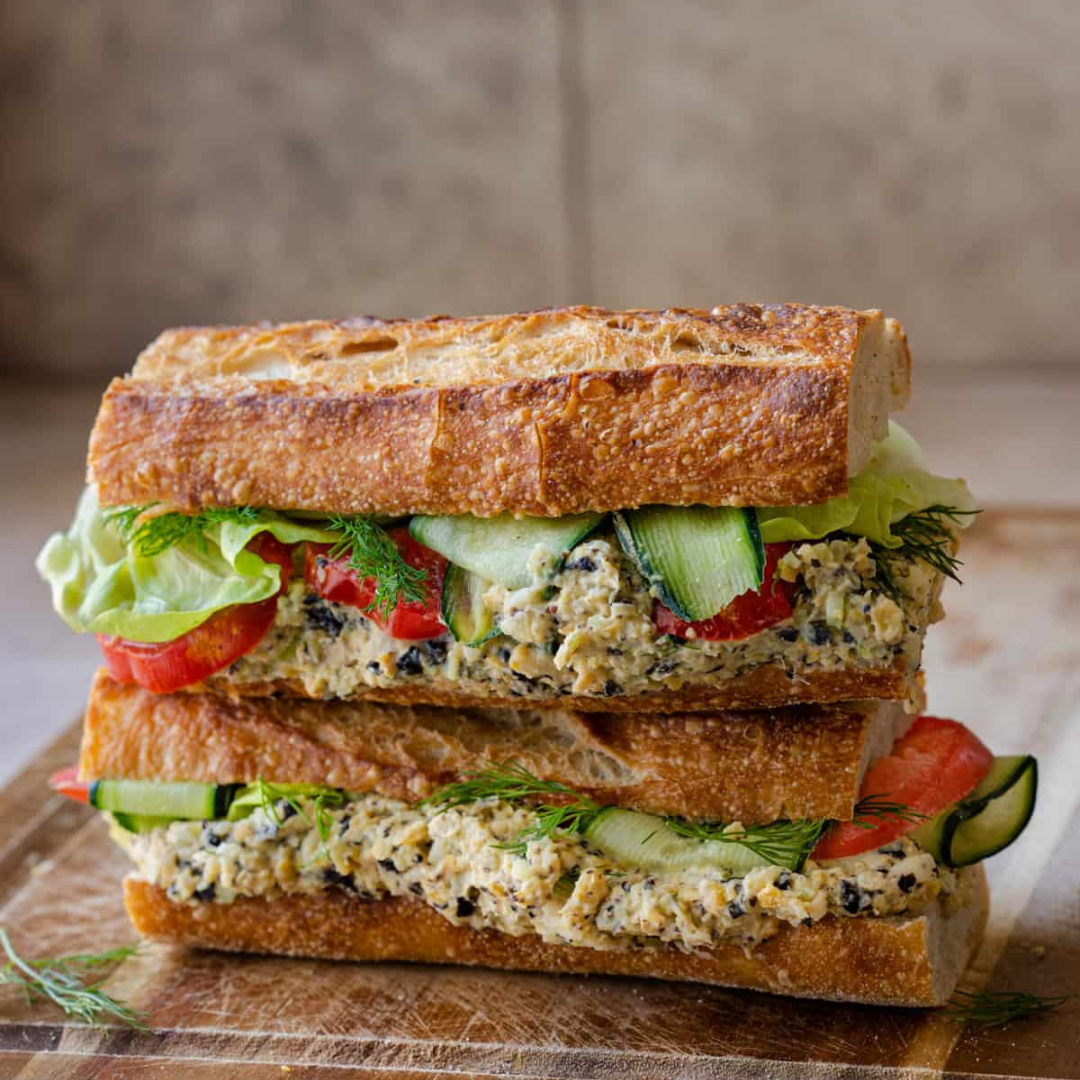
Plant-Based Tuna Salad with Hearts of Palm: This recipe has my favorite direction: Throw all ingredients into a food processor, and pulse. In 10 minutes or less, you’ll be eating a sandwich that has you saying, “I can’t believe this is not tuna!” Chickpeas, hearts of palm, celery seeds, pickle relish (yum!), and a couple more pantry ingredients create the texture and taste of a perfect tuna sandwich.
Veggie Tuna Salad with Capers: A can of chickpeas, capers for tang, diced celery for crunch, and you’re good to go!
Vegan Tuna Salad with Dulse Flakes: Connoisserusus Veg specializes in recipes with creative twists that always work. In this tuna salad, a tablespoon of dulse flakes (typically found in the Asian aisle of supermarkets) gives the salad an authentic (good) fishy taste.
Plant-based on a Budget Tuna Salad Video: Watch this 5-minute video from Plant-Based on a Budget to see how easy it is to make a non-tuna tuna salad that’s yummy, full of good-for-you veggies, and has the added bonus of being mercury-free!
A Word About Plant-Based Mayo
I switched to plant-based mayo way before I switched to plant-based eating. Why? I wanted to cut back on cholesterol. And I’d read an article in Slate: The Most Incredible Condiment You Probably Aren’t Using. In it, the (non-vegan) author argued that vegan mayo tastes significantly better than regular mayo. I tried it, and I agreed.
Regular and plant-based mayo have about the same calories. Because regular mayo is made with eggs, it contains cholesterol, which plant-based foods do not. Both tend to include soybean or canola oil, and vinegar or lemon juice. Both require emulsifiers; eggs play this role in regular mayo, and soy or pea protein does the trick in plant-based versions.
Vegenaise was one of the first plant-based mayos on the market, but now there are many, among them Follow Your Heart and even Hellmann’s. Personally, I can’t tell the difference between them, and go with what’s available or cheaper.


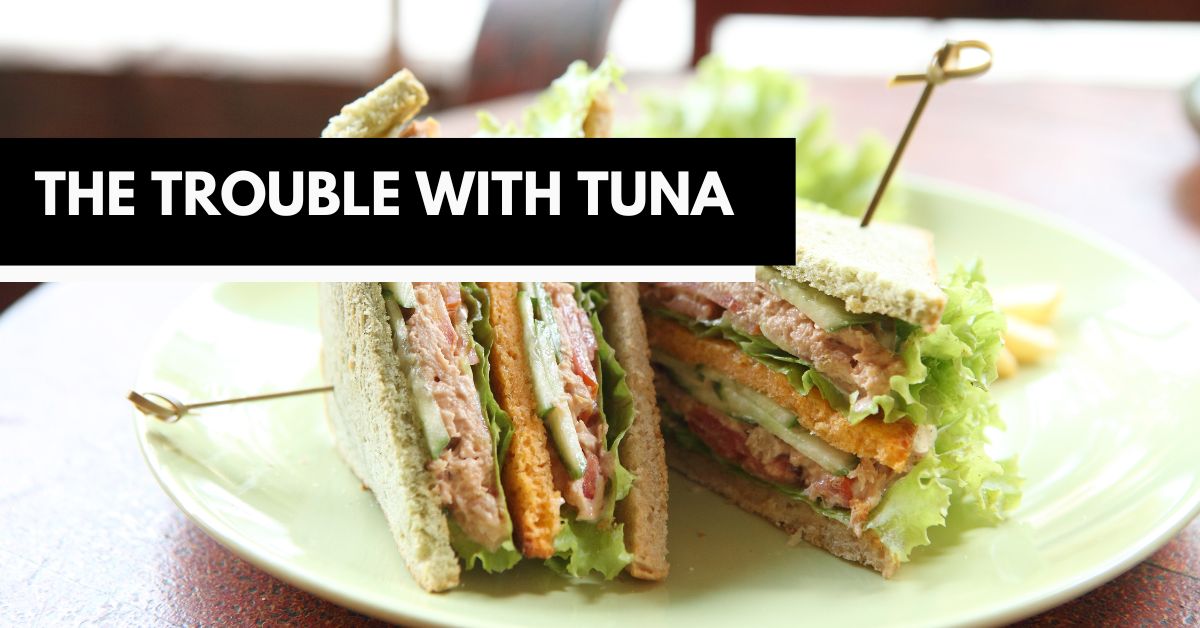
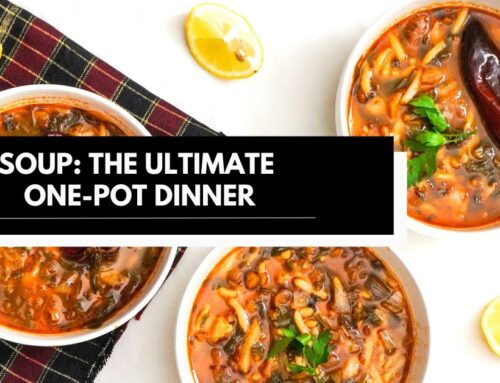
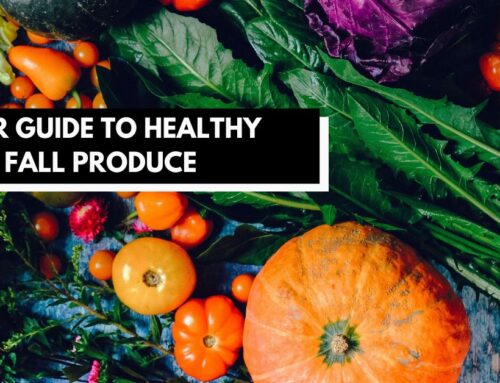
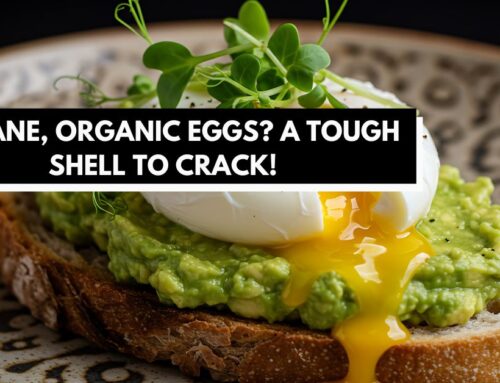

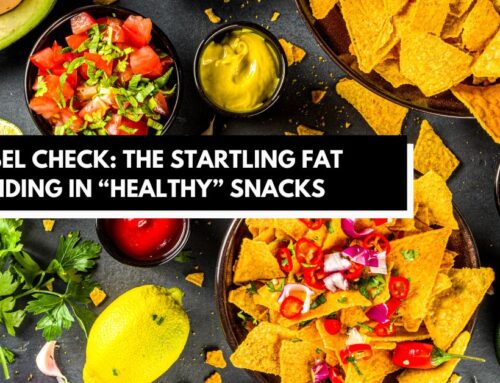
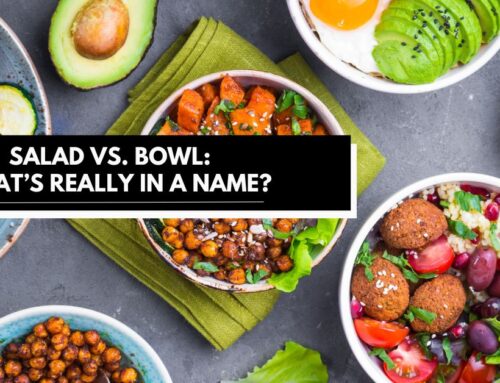

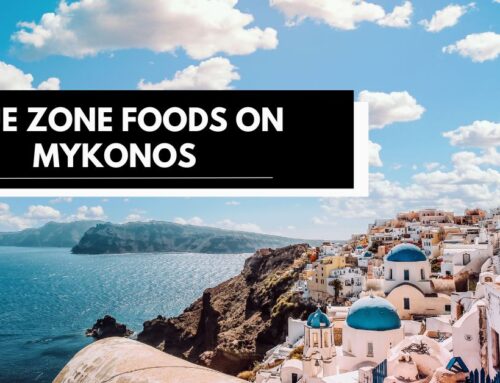
I do love tuna fish (the genuine article) even if it’s bad for me. But now we only have it about once a month. I’ll try some of these other recipes though.
I also adore Hellman’s plain delicious mayo with tomatoes!
I’ll bring by the vegan version … would love you to do a taste test.